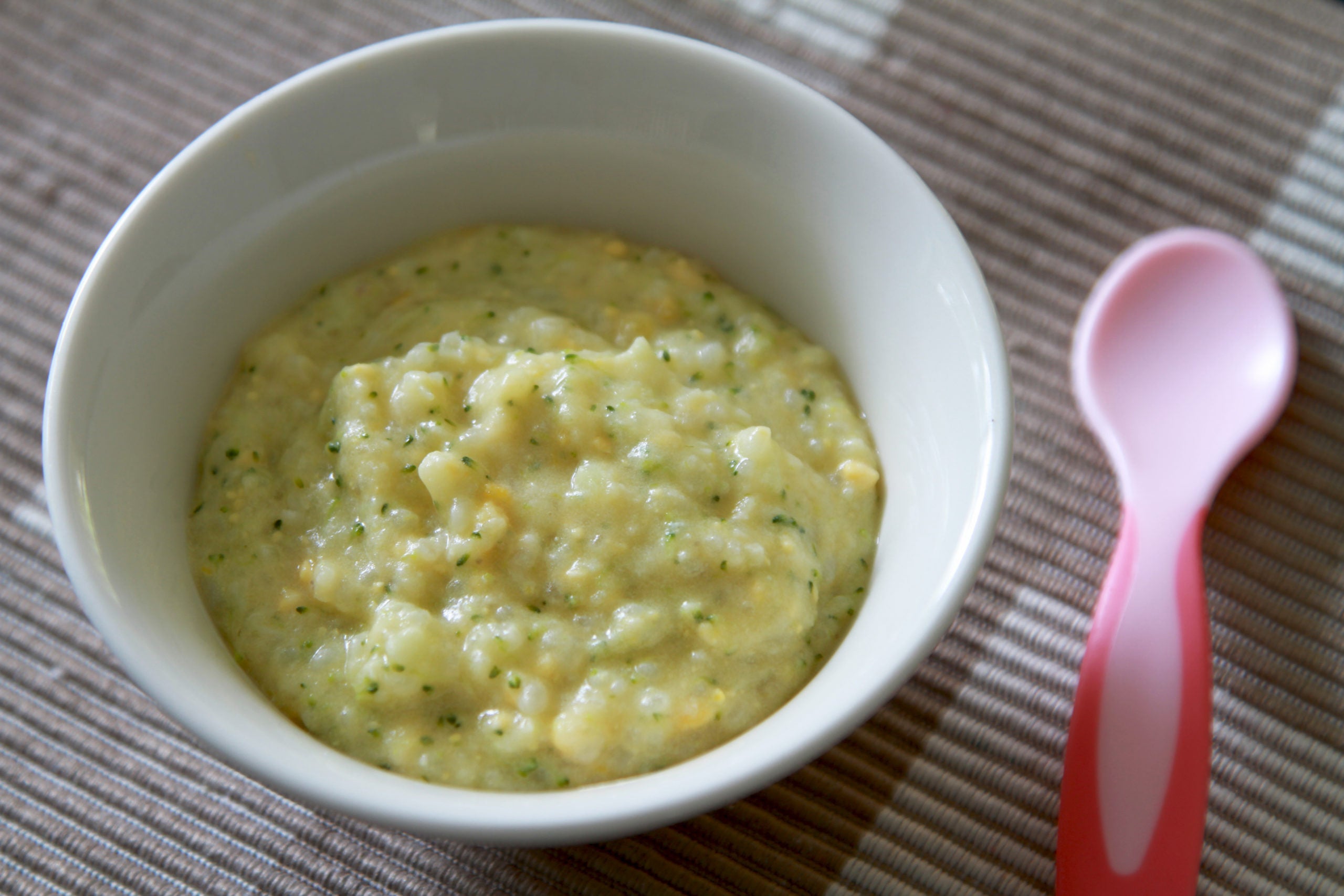Testing for heavy metals in food
EDF’s detailed recommendations on testing for heavy metals in food and food ingredients
Due to extensive environmental contamination and the potential for additional contamination from processing, arsenic, cadmium, and lead can get into food. EDF recommends that companies systematically test their food products as well as potentially contaminated ingredients. Companies should use FDA’s approved method for inductively coupled plasma mass spectrometry (ICP/MS).
Our prioritized list of potentially contaminated ingredients includes:
- Seafood;
- Rice;
- Root crops such as sweet potatoes, beets, white potatoes and carrots;
- Grapes, apples, peaches, and pears but not bananas or oranges;
- Squash, green beans, and peas;
- Spices; and
- Carrageenan and algae-derived products.
Companies should investigate possible sources of contamination where testing finds measurable levels, or, in cases where FDA has set an action level, at more than one-tenth of that level. If your measurements indicate levels over one-tenth the FDA action level, then there might be a quality issue you should consider addressing because we know there are normal variations in food. You would want to track down the cause of higher levels of heavy metals. For the latest FDA action levels for heavy metals, visit FDA’s webpages for arsenic and lead. For other heavy metals, refer to FDA’s main webpage on metals.

FDA’s method to measure heavy metals in food products and ingredients
In FDA’s Elemental Analysis Manual (EAM) for food and related products inductively coupled plasma-mass spectrometric (ICP-MS) analysis, known as EAM 4.7, is included as of 2014, enabling heavy metals evaluation at lower levels than the agency’s previous methods. The limits of detection (LOD) and limits of quantification (LOQ) for Method EAM 4.7 (2020, version 1.2) are:
- Arsenic: LOD of 1.3 parts per billion (ppb) or µg/kg and LOQ of 11.6 ppb;
- Cadmium: LOD of 0.4 parts per billion (ppb) or µg/kg and LOQ of 3.7 ppb; and
- Lead: LOD of 1.2 parts per billion (ppb) or µg/kg and LOQ of 10.9 ppb.
EDF recommends only using methods involving ICP-MS; have higher LODs and LOQs and may result in false negatives.

Examples of laboratories marketing heavy metals testing
EDF has evaluated and recommends two commercial labs: Brooks Applied Labs in Seattle, WA and Eurofins Food Integrity and Innovation Lab in Madison, WI. Healthy Babies Bright Futures used Brooks Applied Labs for its heavy metal and inorganic arsenic analysis of baby food report in 2019.

Learn more
- Learn more about testing for heavy metals in food packaging
- Learn more about the health implications of heavy metals
- Return to Testing: Contaminants in Food and Food Packaging